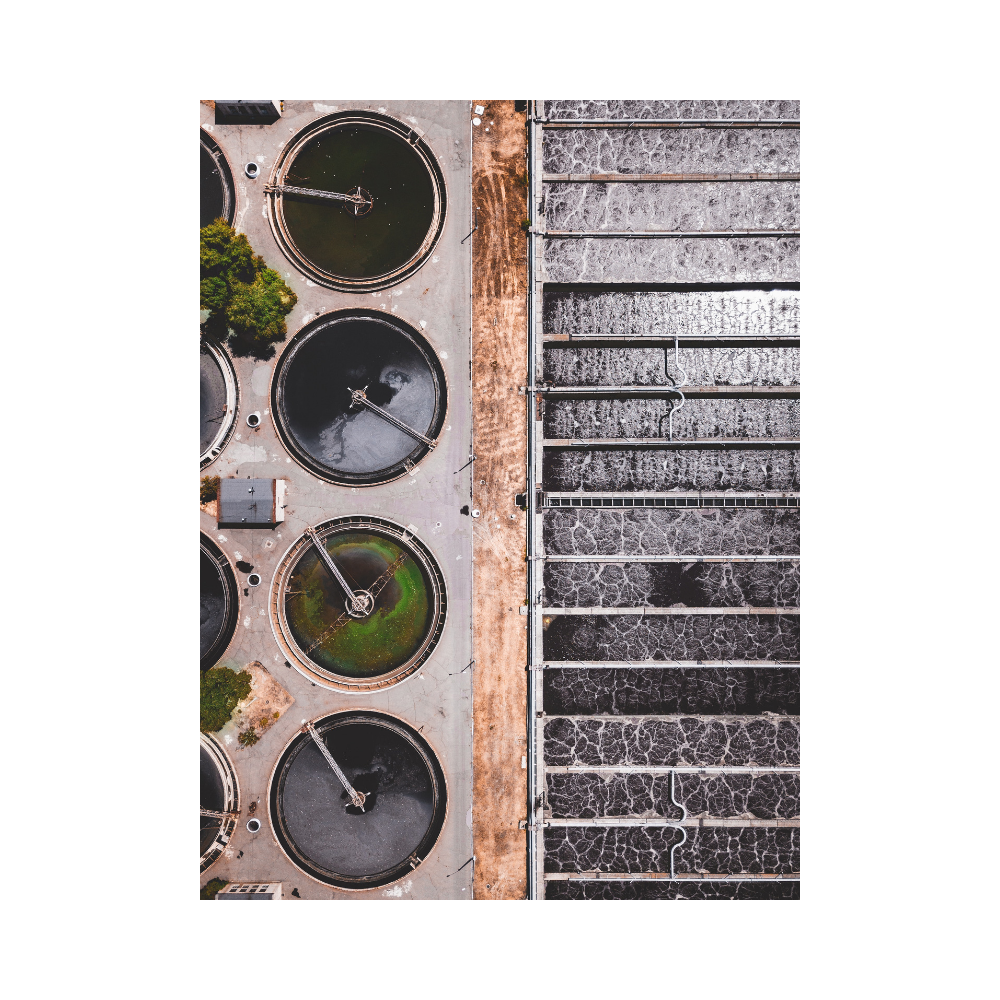

When consumers begin to consider home water filtration, there must be something that inspires us. Perhaps you’ve noticed that the water in your new home doesn’t taste as good as you remember, or maybe prominent news stories such as the headlines from Flint, Michigan regarding lead in the water supply have you worried. Maybe you just walked past a water pitcher with an integrated filter in the store and you thought that you could use one of those. Whatever the reason may be, you’re a savvy shopper and you want to do your research first. At Drinking Well, we’re here to help you find the best water filtration system for you and your family.
Next, ask yourself what exactly you are looking for. Often different water filter systems accomplish very different tasks and it can be difficult to distinguish between the features of different filters. Fortunately consumers have services available to them that level the playing field and make it easy to objectively judge a product based on its performance.
Originally coined as The National Sanitation Foundation in 1944, the organization now known as NSF International as accredited by The American National Standards Institute (ANSI) is the organization responsible for certifying consumer products including water filtration systems in The US. In 1990, the name was changed to NSF International to reflect an expansion into more markets and currently the letters in the name are not supposed to represent any specific words. Regardless, NSF is universally known as a benchmark for consumer products in building supplies, food service, water and many more product categories. Today at Drinking Well, we can rely on meaningful certifications for the products we sell. More information on the strict processes required to maintain an NSF certification can be found at the link here.
With respect to water filtration, there are two standards that we rely on the most. These are NSF 42 and NSF 53. These refer to standards for aesthetic and health effects. There are many others in water treatment categories including standards for reverse osmosis systems as well as for microbiological filters used in camping water treatment, but for now, we only need to be concerned about standards 42 and 53.
NSF standard 42 refers to the treatment of water for aesthetic effects that otherwise do not affect the health of the consumer. Maybe your water just smells funny and you want to fix that. Often times this is the most basic standard for water filters and potentially this is enough for you as a consumer. A filter with an NSF standard 42 certification will be plenty to remove the particulates and chlorine that affect your water. NSF also sets classes within the standard to reflect different levels of performance. The minimum standard class VI devices will remove particulates as small as 50 micrometers, or about the size of a speck of dust. On the other hand, the best performing devices will have a Class I rating capable of filtering particulates down to 0.5 micrometers, smaller than most bacteria.
NSF standard 53 refers to water filtration systems that are capable of filtering water against potential health effects. Often these contaminants will not affect the taste or appearance of your water, but they can have much more devastating effects if left untreated over the long term. Contaminants that are treated by systems certified to NSF 53 include things like lead, Asbestos, cysts such as giardia and volatile organic compounds (VOCs) such as solvents. These contaminants are very difficult to work with; often they can pass right through pores in standard filters. This requires these products to maintain alternate methods of filtration including activated carbon where the carbon block attracts contaminants like a magnet. Many of the filtration systems that we sell hold an NSF 53 certification including the entire line of filter systems from Water Inc, Multipure, Environmental Water Systems and Everpure. If you would like more information about potential contaminants and the products that are capable of treating those issues, NSF provides a resource here that can help.
This information may seem daunting to the average consumer, but it is important to remember that the standards exist to level the playing field. Your average filter pitcher should not even cross your mind if you’re considering these contaminants in your water supply. In order to truly provide the best for you and your family, make sure you look for NSF standards on our filtration products. And again, we are here to help you navigate through the jargon. Feel free to contact us here or by phone at (720)320-5050.




